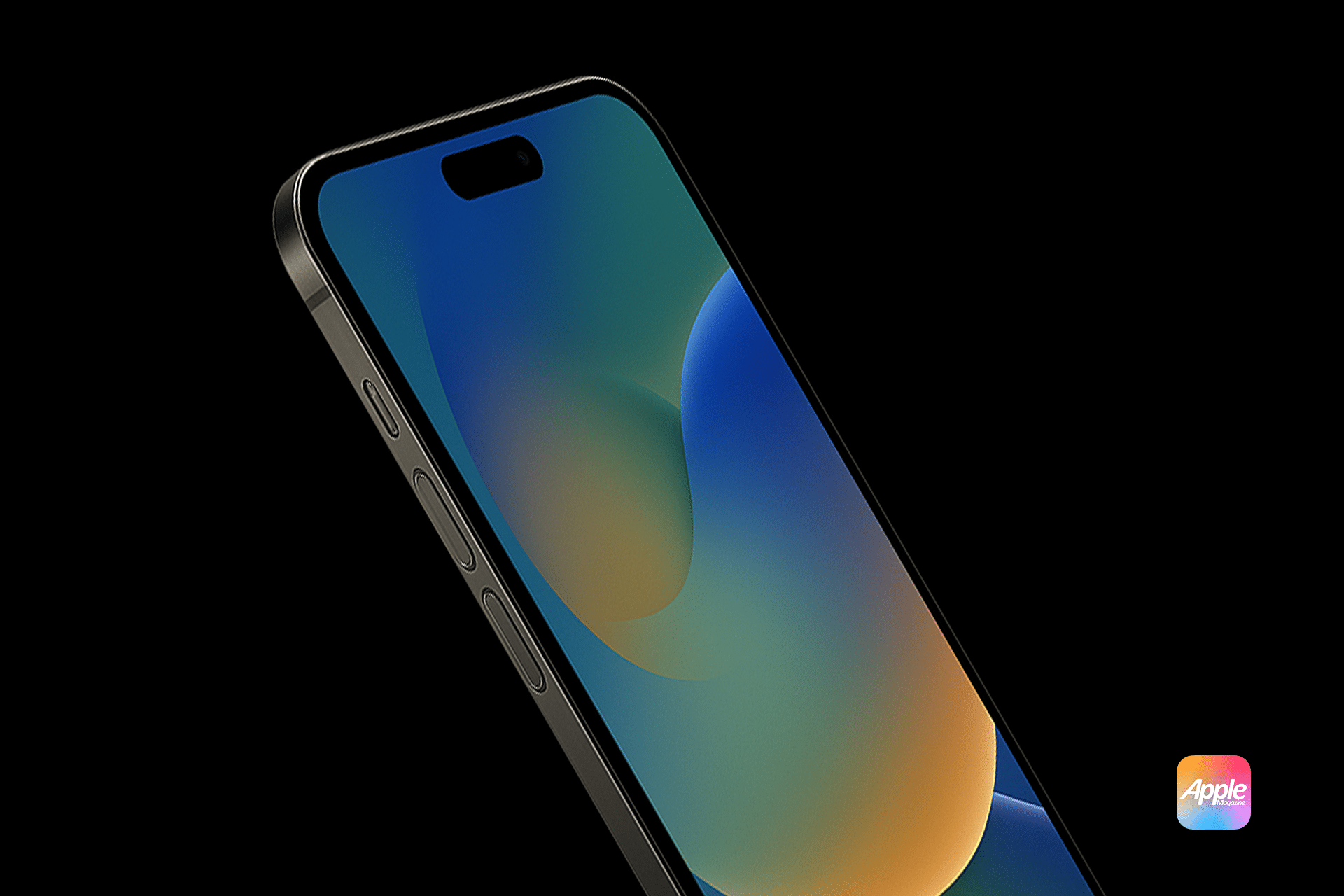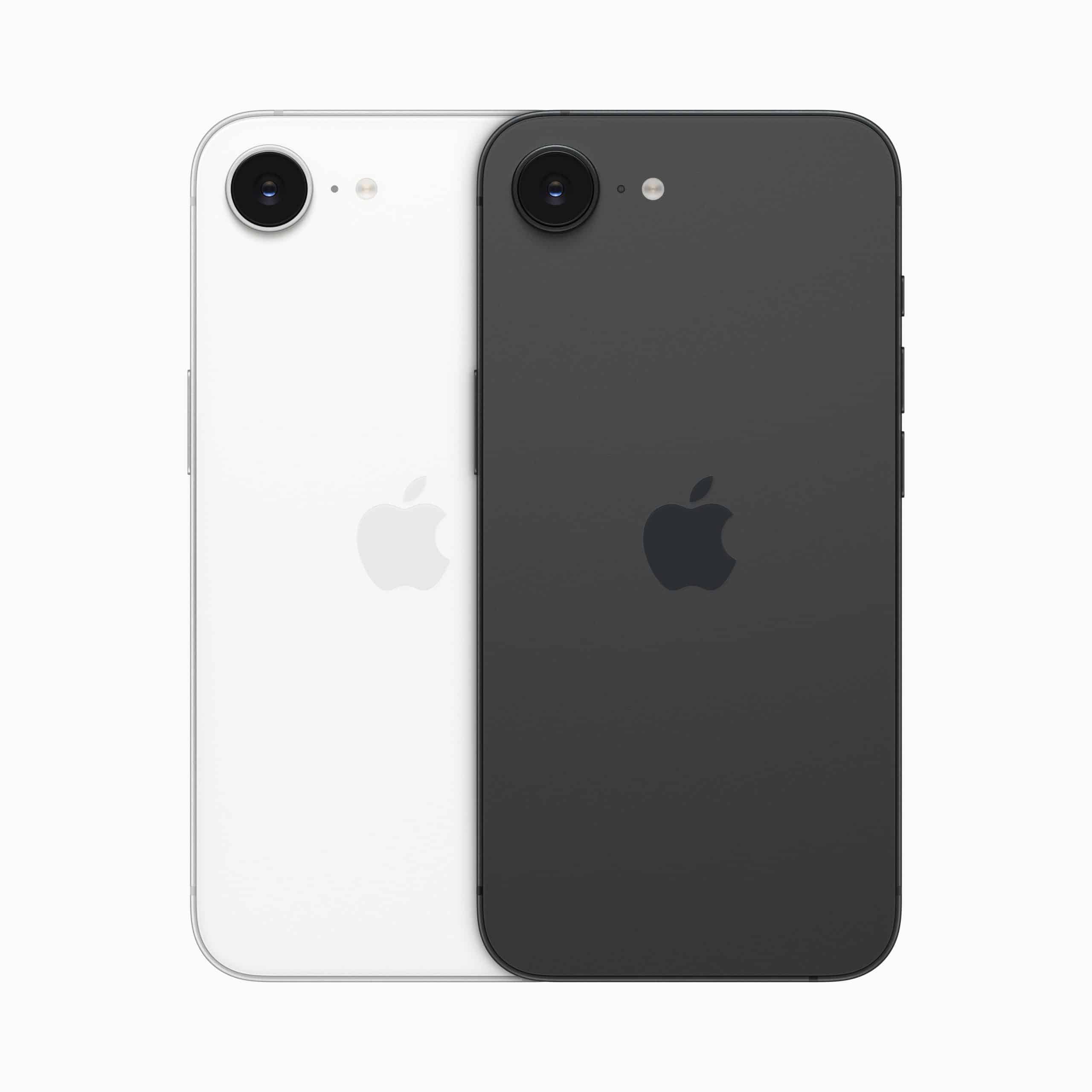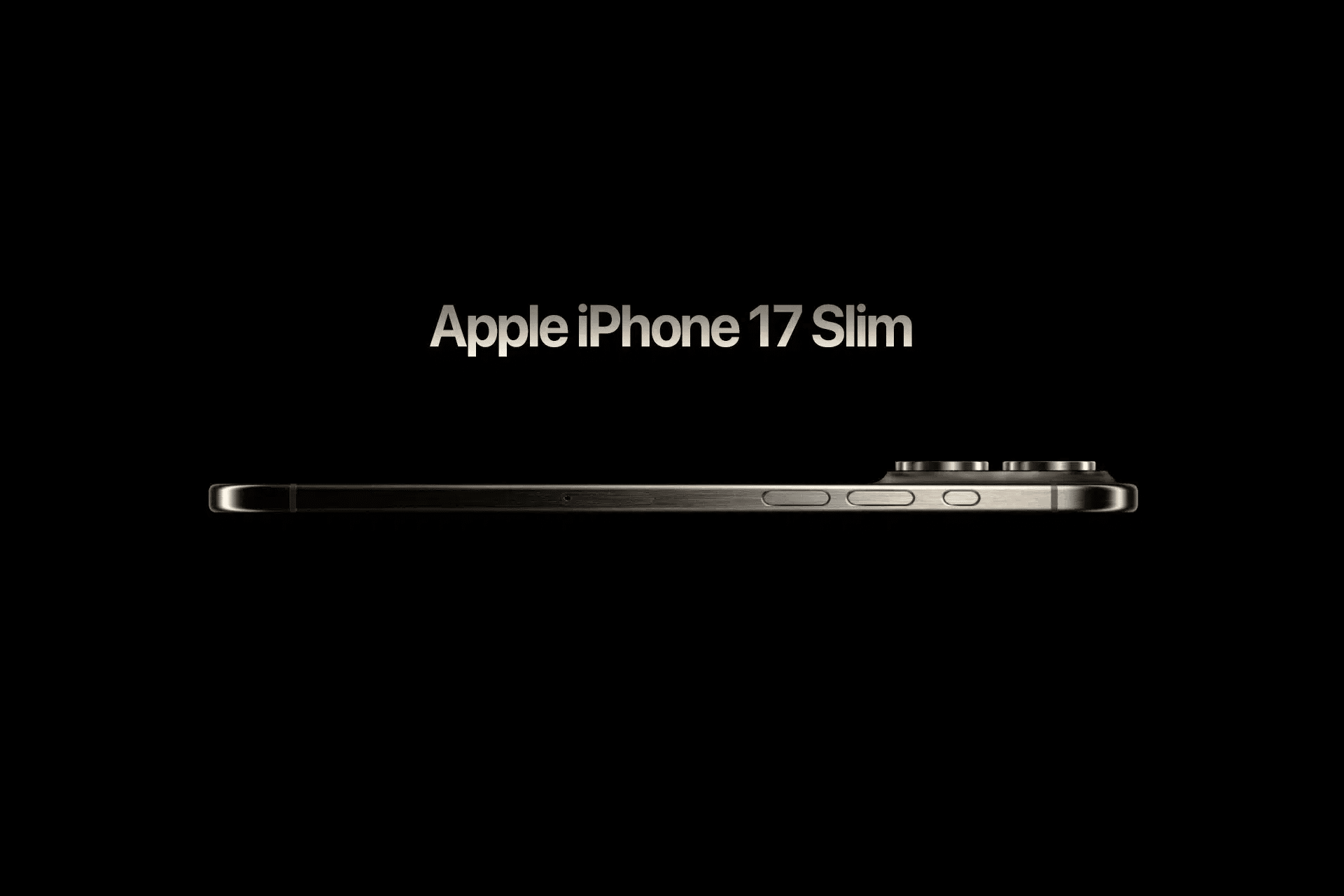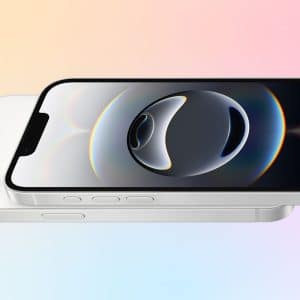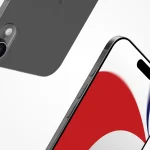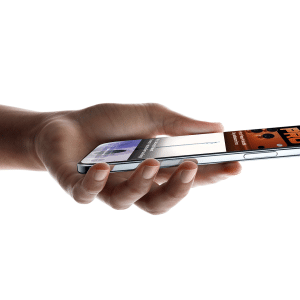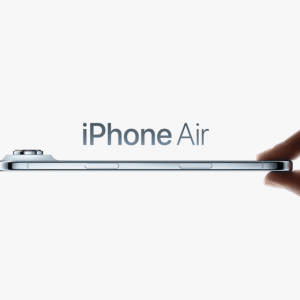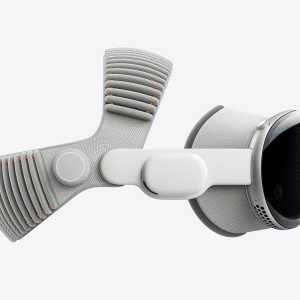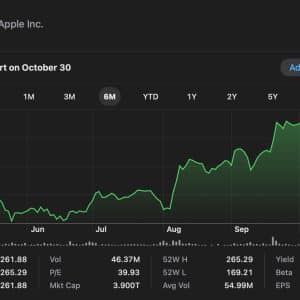The iPhone 17 Air, rumored to measure just 5.4 mm thick, appears almost impossibly slender beside the iPhone 16e, which itself is no heavyweight at 7.8 mm. Dummy models of the Air, shared widely online, look about half as thick as the 16e, showcasing Apple’s engineering prowess. This push for thinness isn’t new—Apple’s 2014 iPhone 6 hit 6.9 mm—but the 17 Air could set a new benchmark, outpacing even the svelte 5.1 mm iPad Pro. For users, a thinner phone means easier pocketability and a futuristic feel, perfect for those who prioritize style and portability.
The design isn’t just about shedding millimeters. The iPhone 17 Air sports a reimagined camera bar stretching across the phone’s top, housing a single lens. This layout, a departure from the 16e’s modest camera bump, aims to blend function with aesthetics, making the Air’s rear less obtrusive despite the lens protrusion. The result is a phone that feels cohesive, though its minimalism hints at compromises.
What You Gain—and Lose
A thinner iPhone sounds like a win, but slimming down comes with costs. The iPhone 17 Air is expected to feature a single 48MP rear camera, matching the iPhone 16e’s main sensor but ditching the ultra-wide lens found on pricier models like the iPhone 16. For casual photographers, this might suffice—Apple’s Fusion camera delivers crisp, vibrant shots with Smart HDR 5 for tricky lighting. Yet, those craving versatility, like macro shots or expansive landscapes, may feel shortchanged.
Battery life is another concern. A 5.4 mm chassis leaves little room for a robust cell, and while Apple’s C1 modem and high-density battery tech could offset this, expectations should stay grounded. The Air reportedly skips a bottom-firing speaker, relying on a single one, which could weaken audio for videos or calls. Its 6.6-inch Super Retina XDR display promises vivid visuals, but without the Pro’s ProMotion tech, scrolling might feel less silky. The A19 chip, less potent than the A19 Pro in the iPhone 17 Pro models, should still handle Apple Intelligence tasks—like Visual Intelligence or Genmoji creation—but may lag in heavy workloads like 8K video editing.
Why It Matters for Users
The iPhone 17 Air targets users who value design over specs, offering a premium feel at a rumored $899 price point—$300 more than the 16e’s $599 starting tag. For urban professionals or trendsetters, its featherlight build could be a game-changer, slipping into tight pockets or small bags effortlessly. Features like MagSafe support, absent on the 16e, ensure compatibility with magnetic chargers and car mounts, adding convenience for on-the-go lifestyles.
But the Air’s allure isn’t universal. Heavy users—gamers, creators, or multitaskers—might find its single camera and potential battery constraints limiting. The iPhone 16e, with its solid A18 chip, 8GB of RAM, and longer battery life (up to 22 hours of video playback versus the iPhone 16’s 20), offers more bang for the buck for those prioritizing function over form. Plus, with tariffs looming, the Air’s price could climb, making the 16e’s value proposition even sharper.
The Bigger Picture
Apple’s obsession with thinness reflects a broader industry trend—Samsung’s Galaxy S25 Slim is also tipped to go ultra-lean. Yet, the iPhone 17 Air’s design could preview tech for future foldables, where slim profiles are critical. Its compromises, like the single camera and speaker, suggest Apple’s betting on aesthetics to drive sales, banking on users pairing the Air with accessories like AirPods for sound or cloud storage for heavy files.
The comparison to the iPhone 16e underscores Apple’s shifting strategy. The 16e replaced the iPhone SE as a capable, no-frills option, packing Apple Intelligence and a modern USB-C port. The 17 Air, by contrast, seems poised as a statement piece—less about raw power, more about redefining premium. Whether users embrace this trade-off depends on how much they value sleekness over substance.
Looking Ahead
With a September 2025 launch likely, the iPhone 17 Air’s final form remains fluid. Apple could tweak its specs to address battery or audio concerns, but the thinness seems locked in. For now, the 16e holds its own as a practical choice, especially for budget-conscious buyers who don’t mind a slightly thicker phone. Come WWDC 2025, expect more clarity on whether the Air’s svelte frame justifies its premium pitch—or if it’s just a beautiful experiment.
